Sydney Opera House Environmental Sustainability Policy and Outcomes
VerifiedAdded on 2023/06/15
|12
|786
|350
Report
AI Summary
This report provides a review of the Sydney Opera House's organizational structure and its approach to environmental sustainability. It outlines the roles and responsibilities of internal and external staff, as well as strategies for improving resource efficiency in areas such as building renovation, cafeteria waste management, and auditorium cleanliness. The report details short-term processes for achieving sustainability targets, including the implementation of energy and recycling policies, audience engagement, staff training, and resource monitoring. It highlights the Opera House's collaboration with Energy Australia and its diverse art performances and community engagement initiatives. Furthermore, the report discusses systems and procedures related to environmental sustainability, such as the NSW government's funding for building development and the creation of a master plan. The expected outcomes for stakeholders include improved quality of life for audiences and visitors, stakeholder satisfaction, and comprehensive community engagement, ultimately aiming for an environmentally sustainable Opera House. The report also addresses staff questions and comments regarding energy use, waste reduction, and sustainability assurance, referencing various market research and sustainability-related sources.
1 out of 12
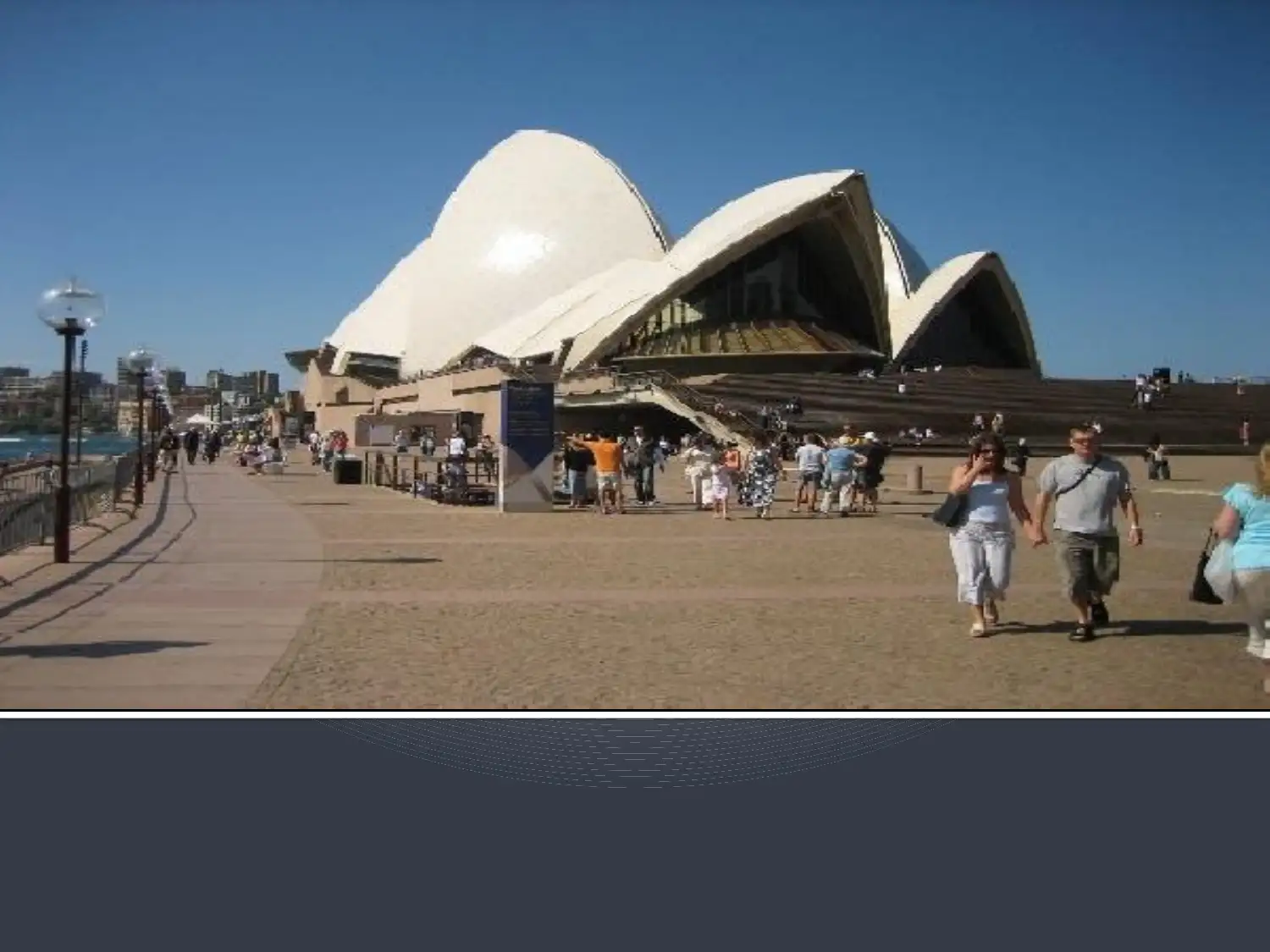
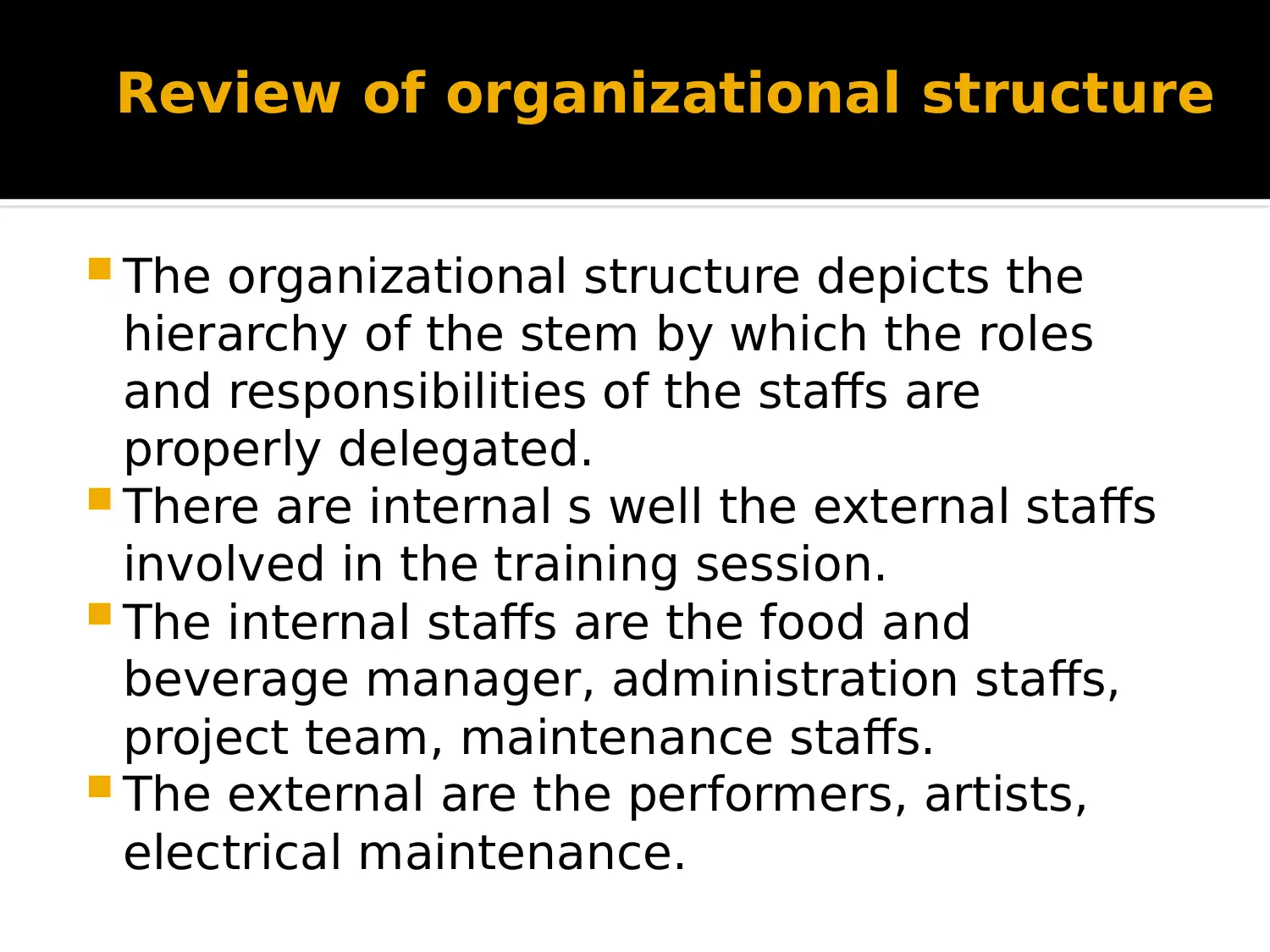
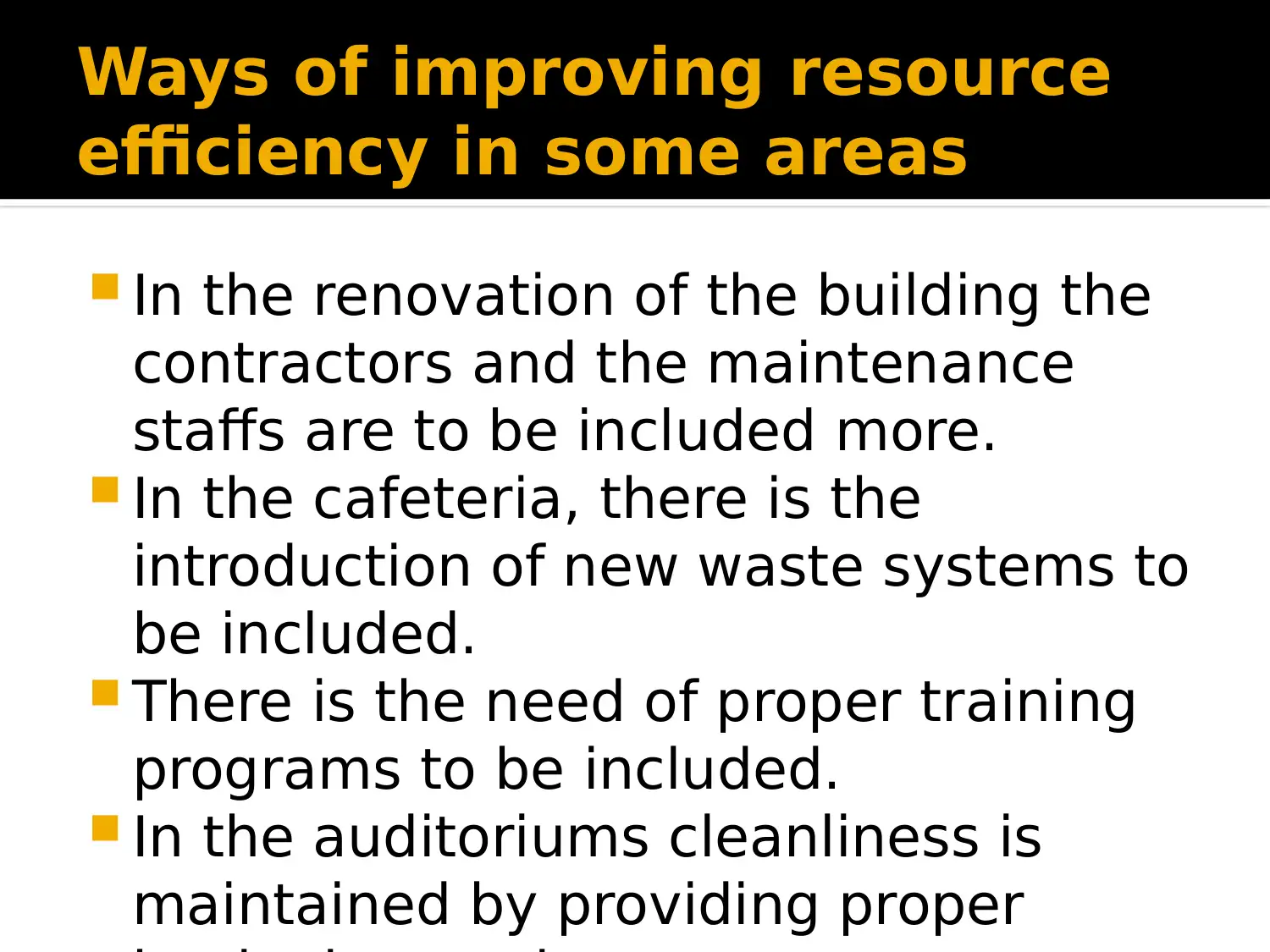

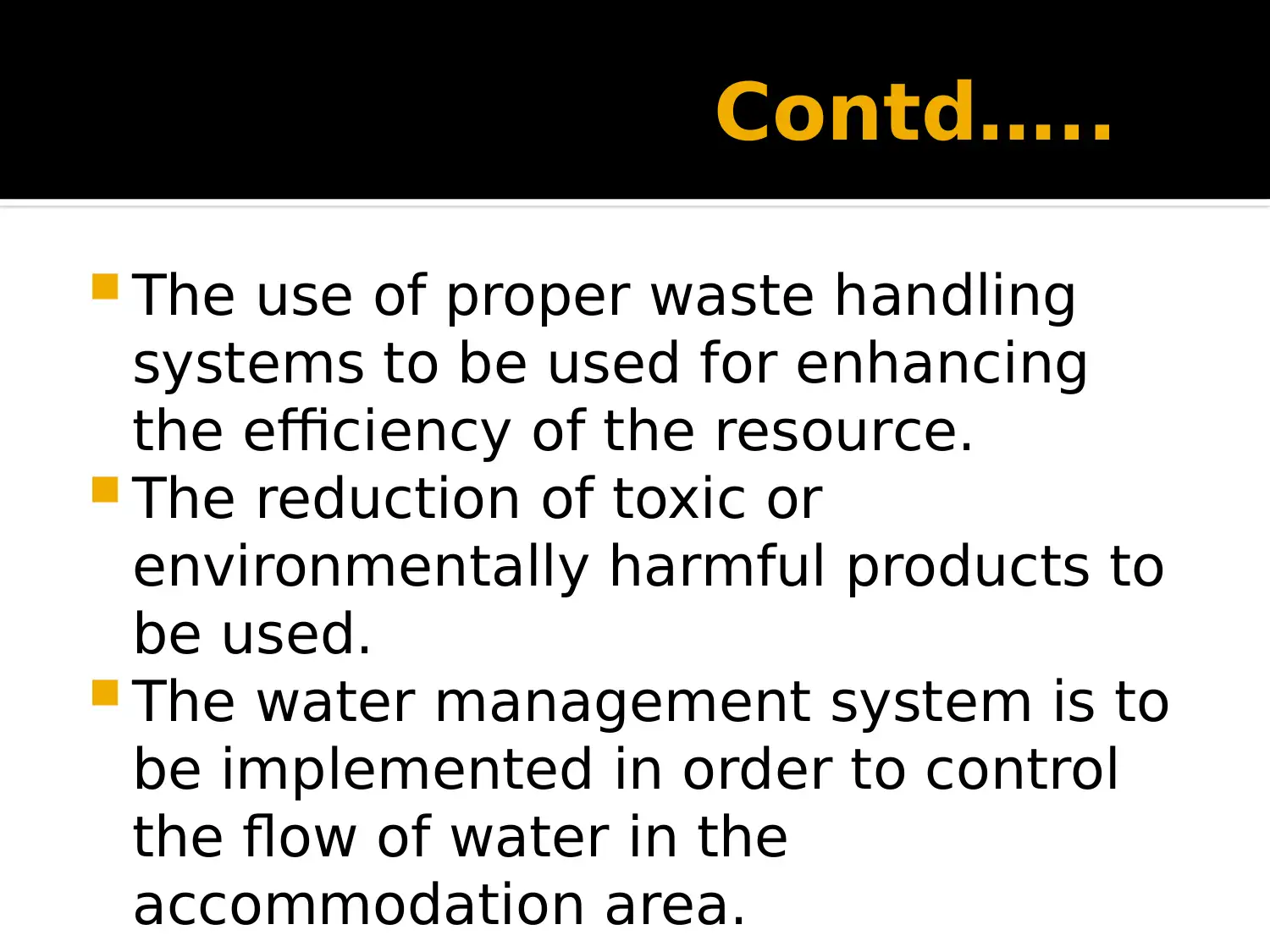
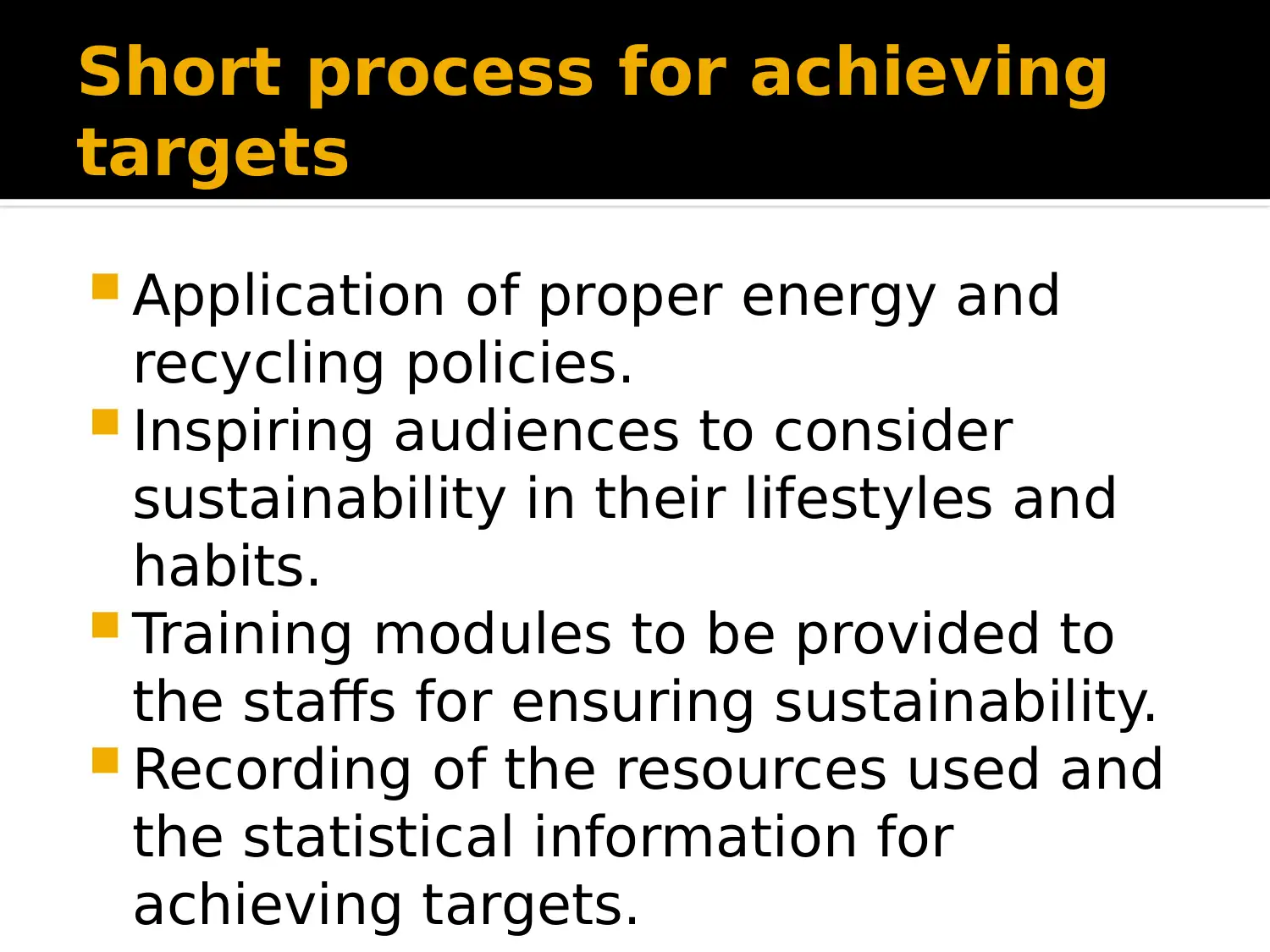
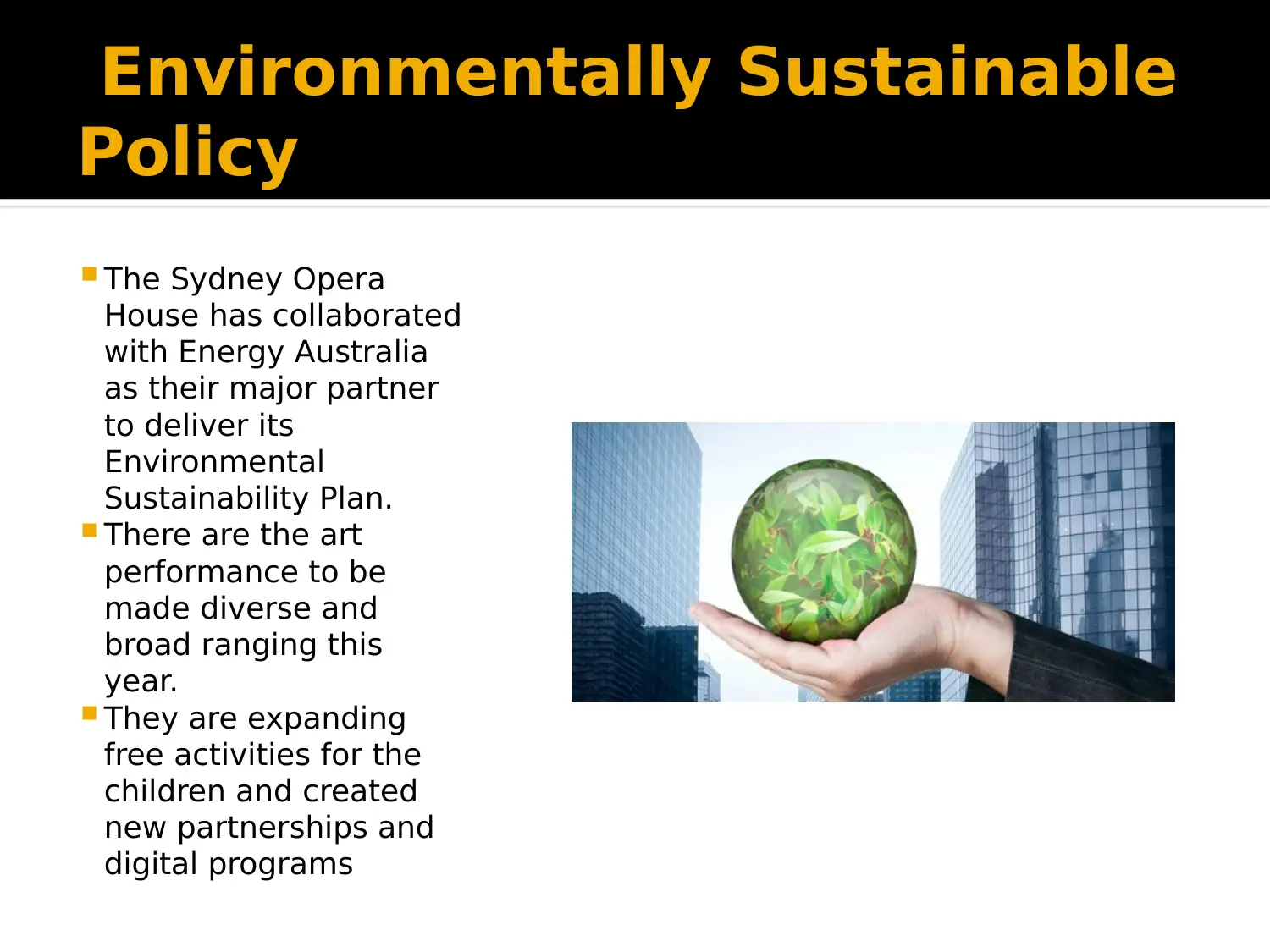
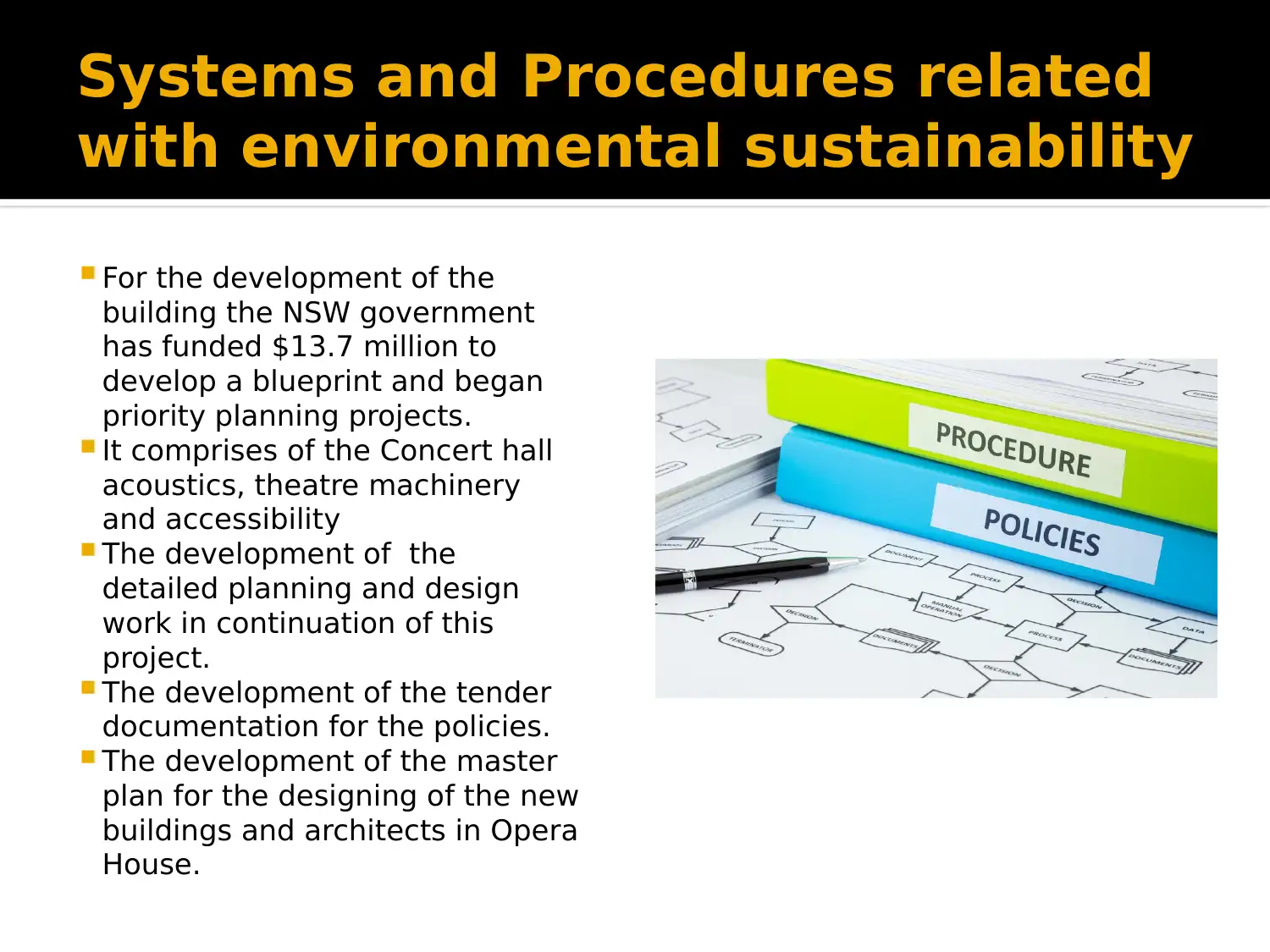
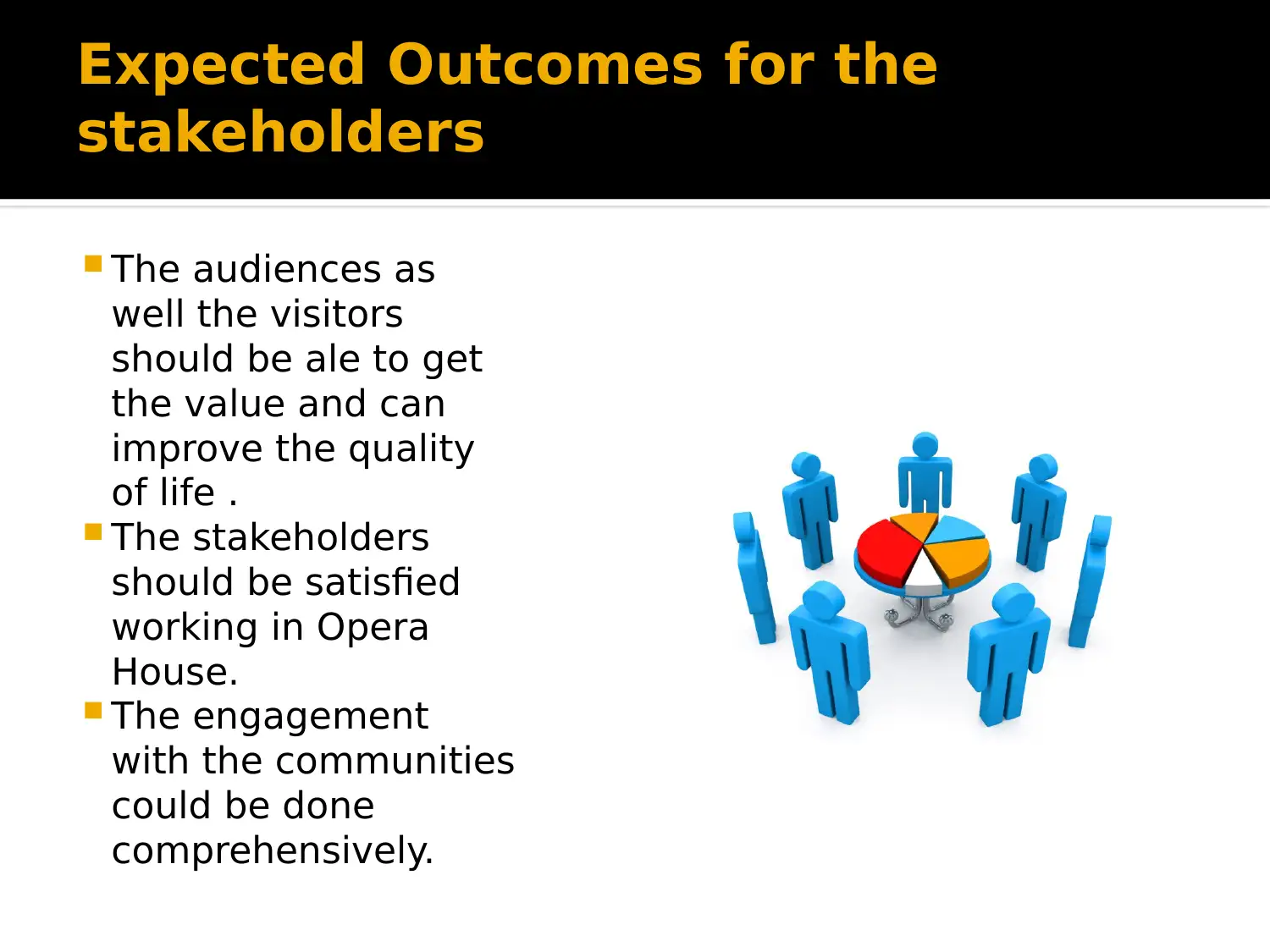
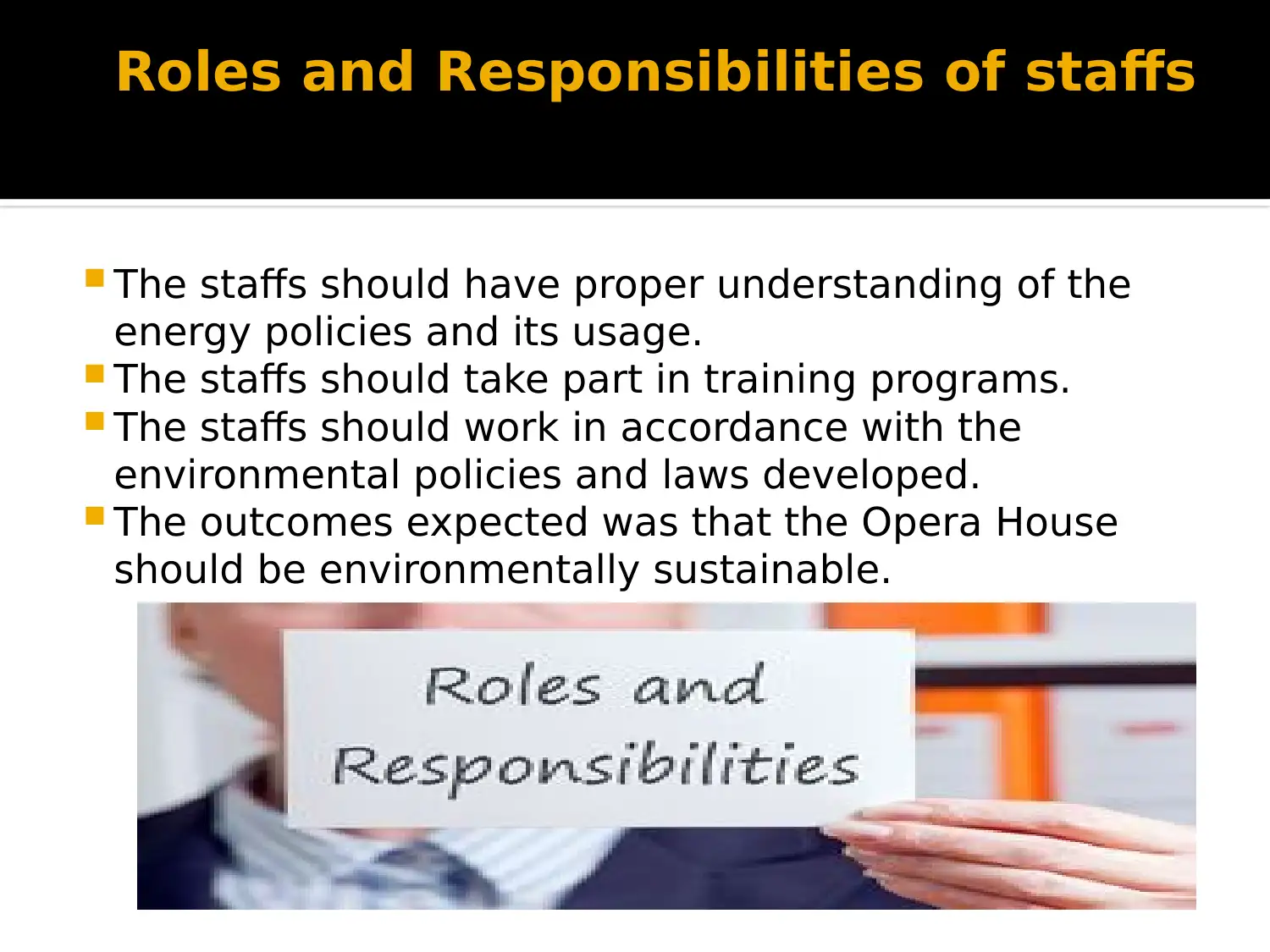
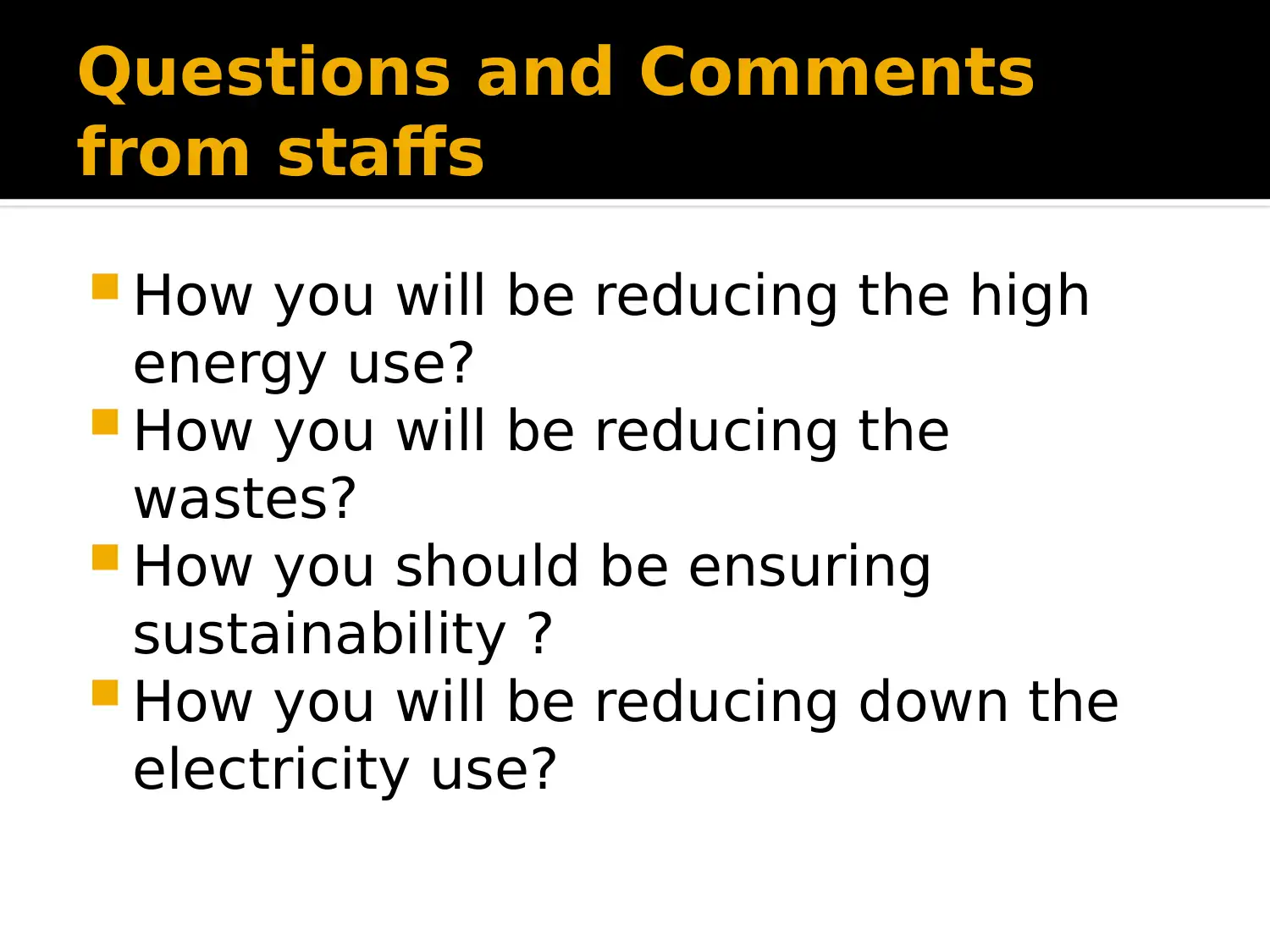
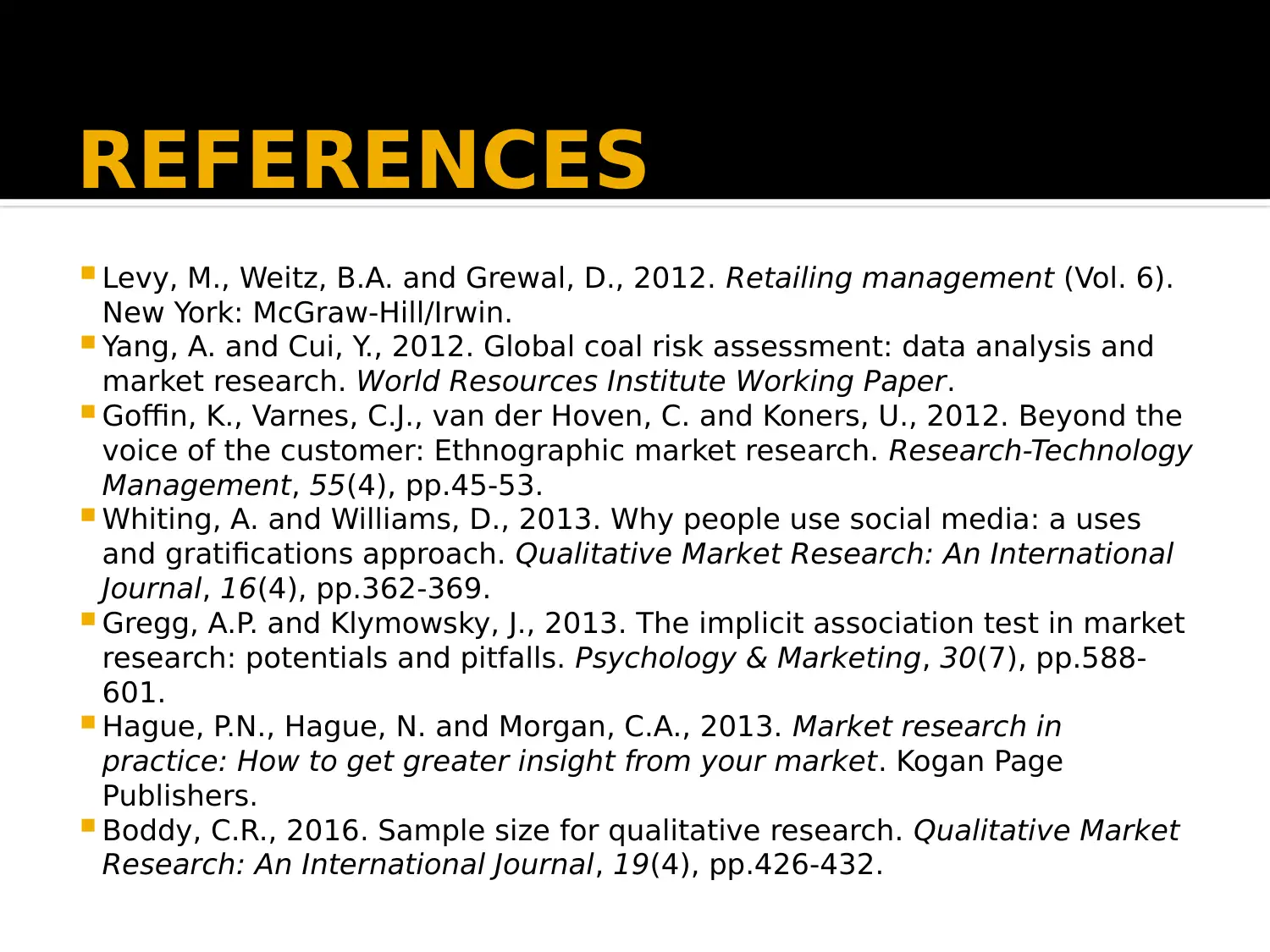






![[object Object]](/_next/static/media/star-bottom.7253800d.svg)